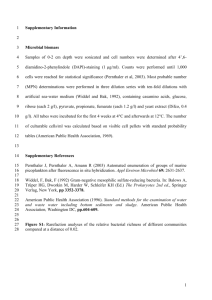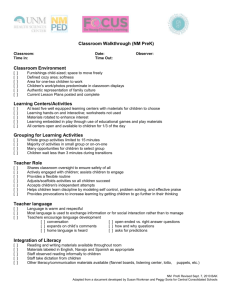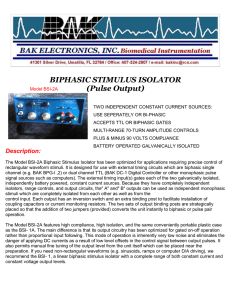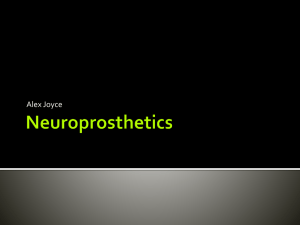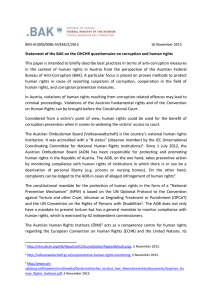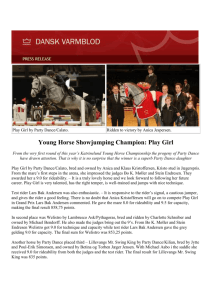Bak: a Downstream Mediator of Fenretinide
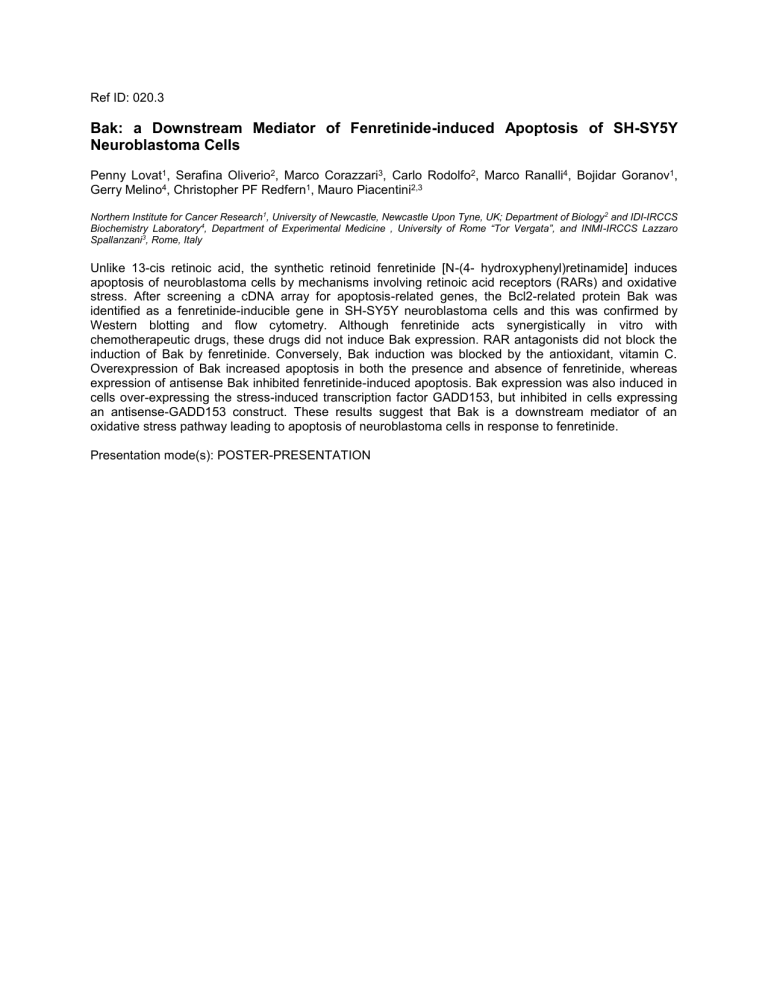
Ref ID: 020.3
Bak: a Downstream Mediator of Fenretinide-induced Apoptosis of SH-SY5Y
Neuroblastoma Cells
Penny Lovat 1 , Serafina Oliverio 2 , Marco Corazzari 3 , Carlo Rodolfo 2 , Marco Ranalli 4 , Bojidar Goranov 1 ,
Gerry Melino 4 , Christopher PF Redfern 1 , Mauro Piacentini 2,3
Northern Institute for Cancer Research 1 , University of Newcastle, Newcastle Upon Tyne, UK; Department of Biology 2 and IDI-IRCCS
Biochemistry Laboratory 4 , Department of Experimental Medicine , University of Rome “Tor Vergata”, and INMI-IRCCS Lazzaro
Spallanzani 3 , Rome, Italy
Unlike 13-cis retinoic acid, the synthetic retinoid fenretinide [N-(4- hydroxyphenyl)retinamide] induces apoptosis of neuroblastoma cells by mechanisms involving retinoic acid receptors (RARs) and oxidative stress. After screening a cDNA array for apoptosis-related genes, the Bcl2-related protein Bak was identified as a fenretinide-inducible gene in SH-SY5Y neuroblastoma cells and this was confirmed by
Western blotting and flow cytometry. Although fenretinide acts synergistically in vitro with chemotherapeutic drugs, these drugs did not induce Bak expression. RAR antagonists did not block the induction of Bak by fenretinide. Conversely, Bak induction was blocked by the antioxidant, vitamin C.
Overexpression of Bak increased apoptosis in both the presence and absence of fenretinide, whereas expression of antisense Bak inhibited fenretinide-induced apoptosis. Bak expression was also induced in cells over-expressing the stress-induced transcription factor GADD153, but inhibited in cells expressing an antisense-GADD153 construct. These results suggest that Bak is a downstream mediator of an oxidative stress pathway leading to apoptosis of neuroblastoma cells in response to fenretinide.
Presentation mode(s): POSTER-PRESENTATION
